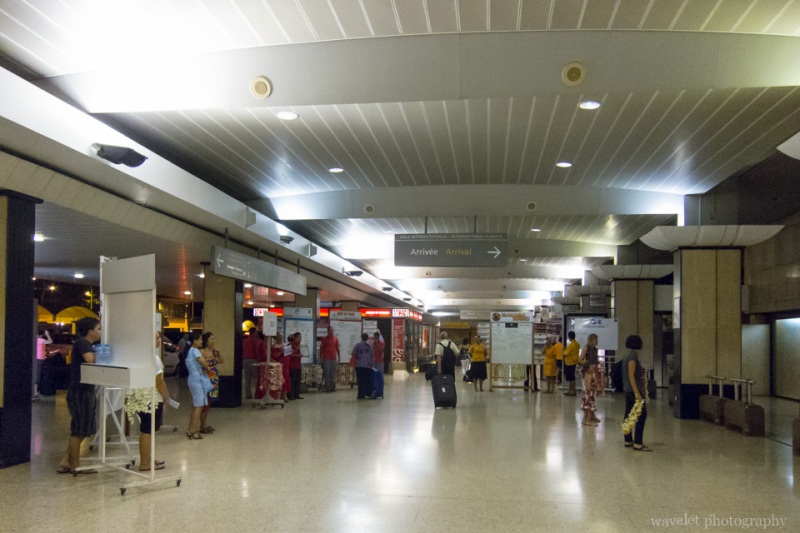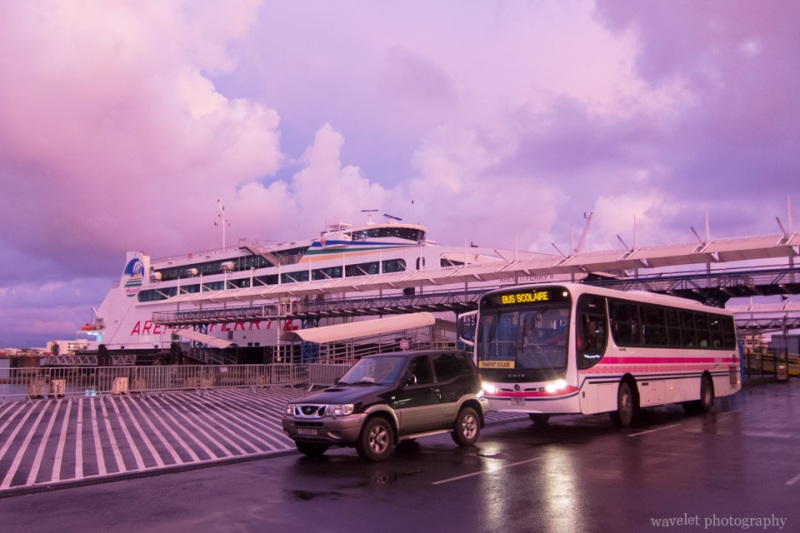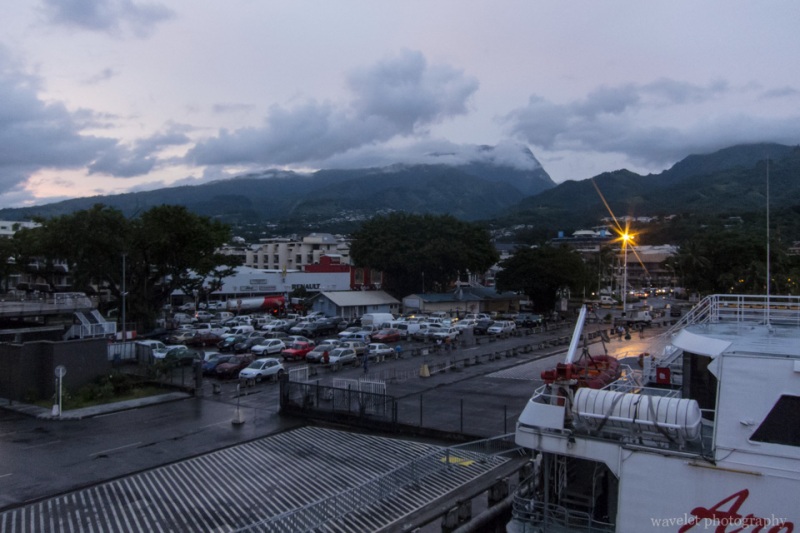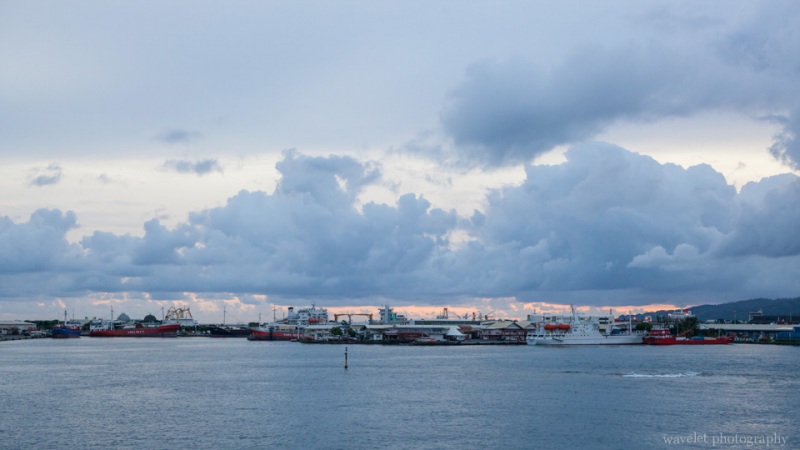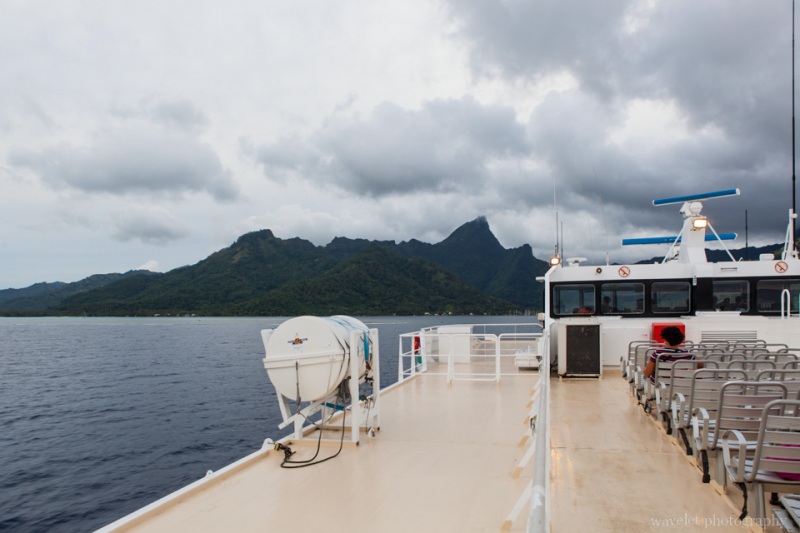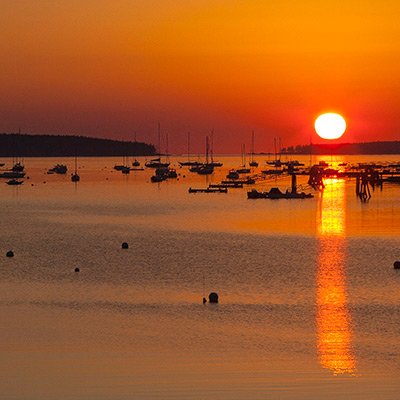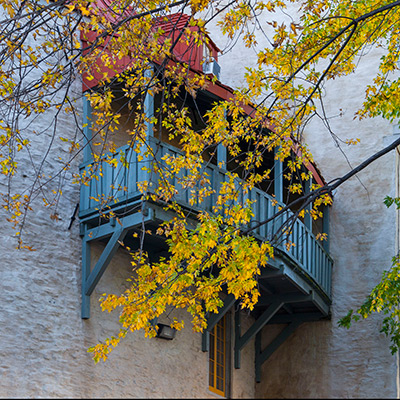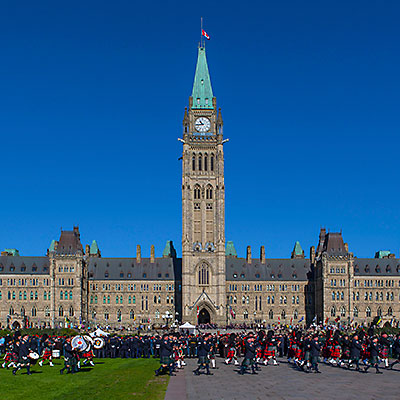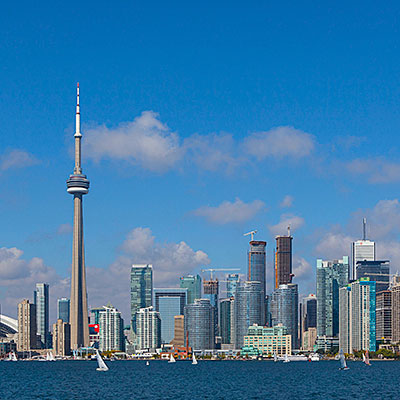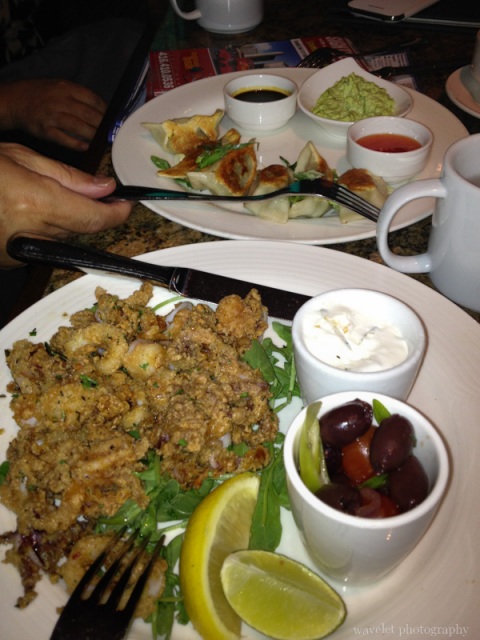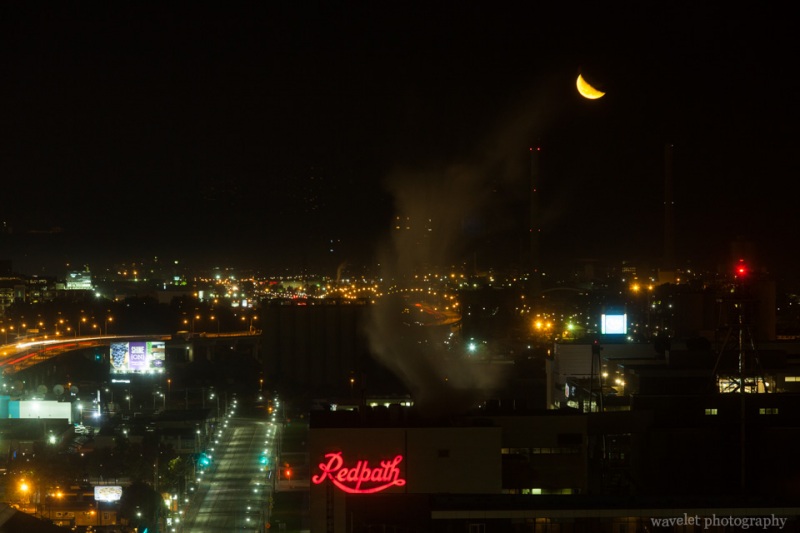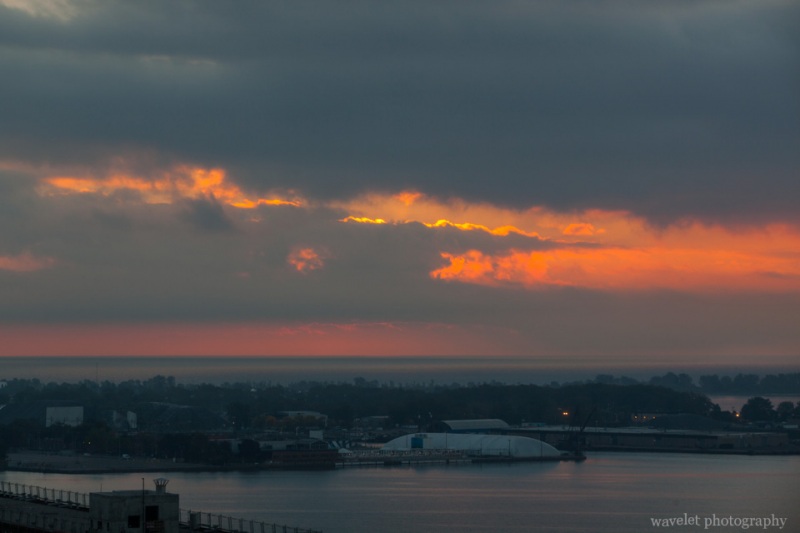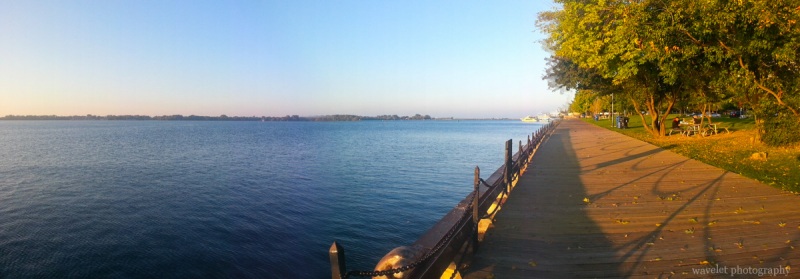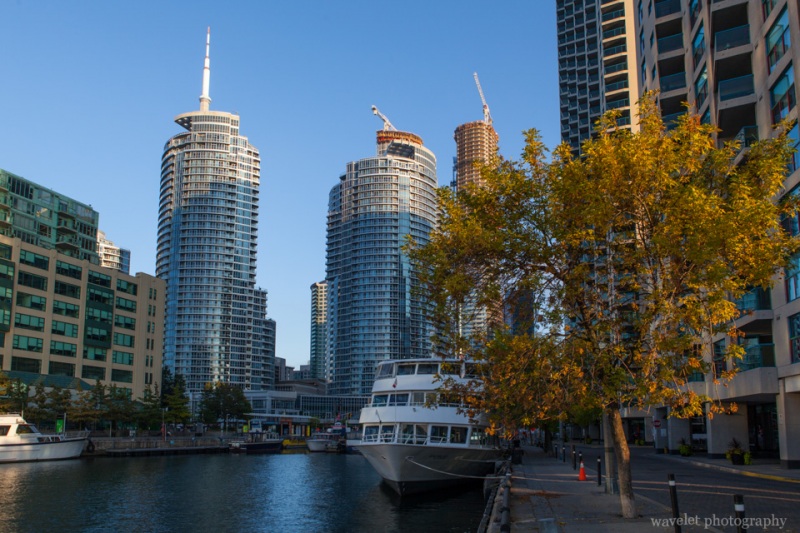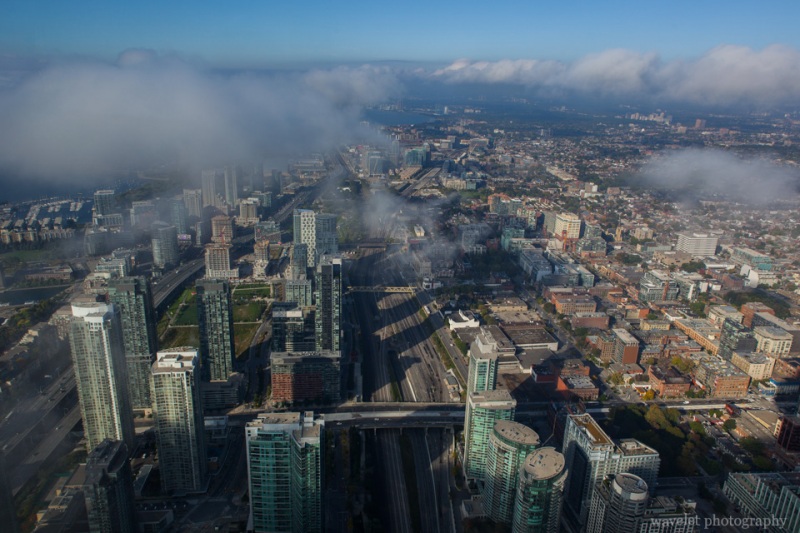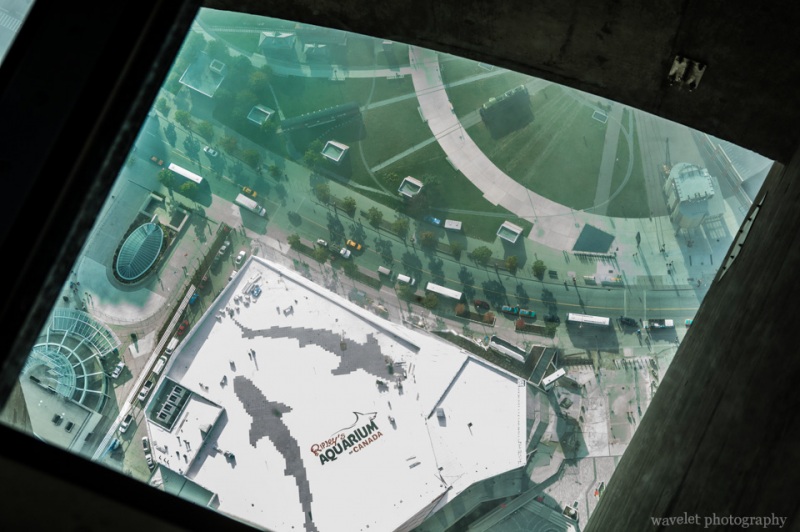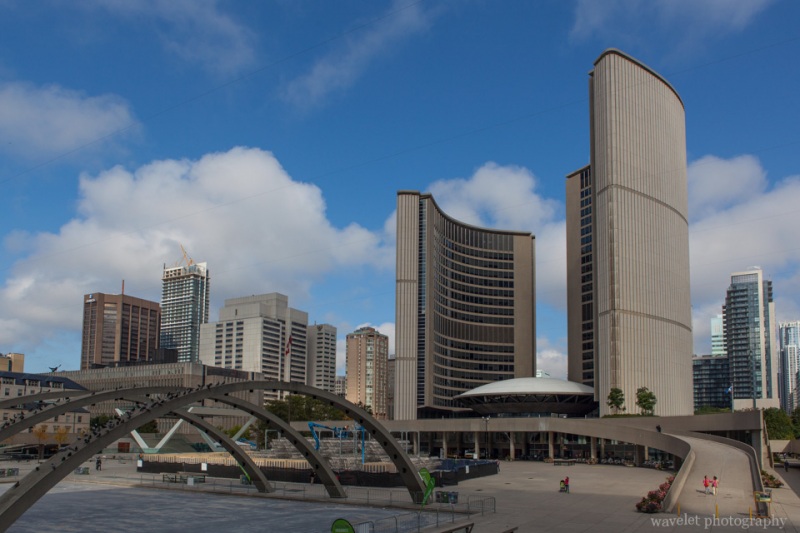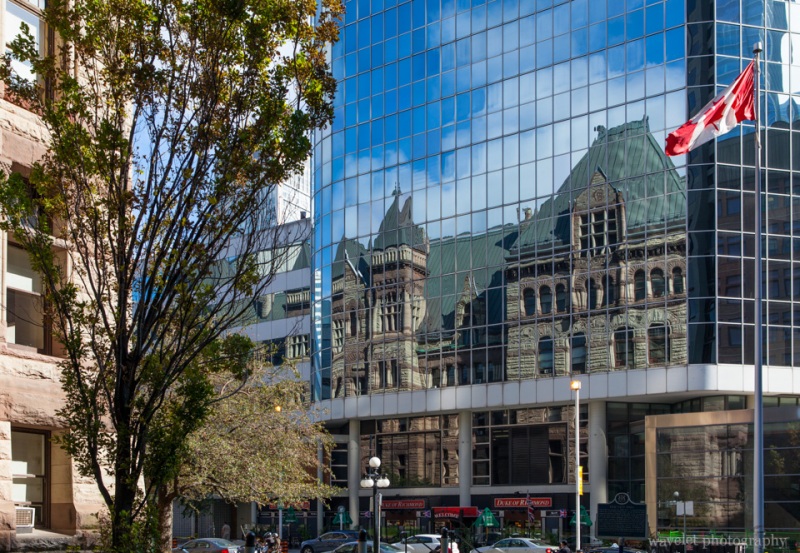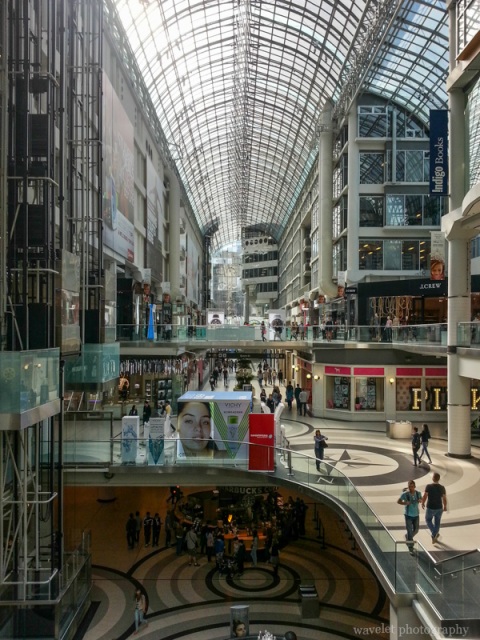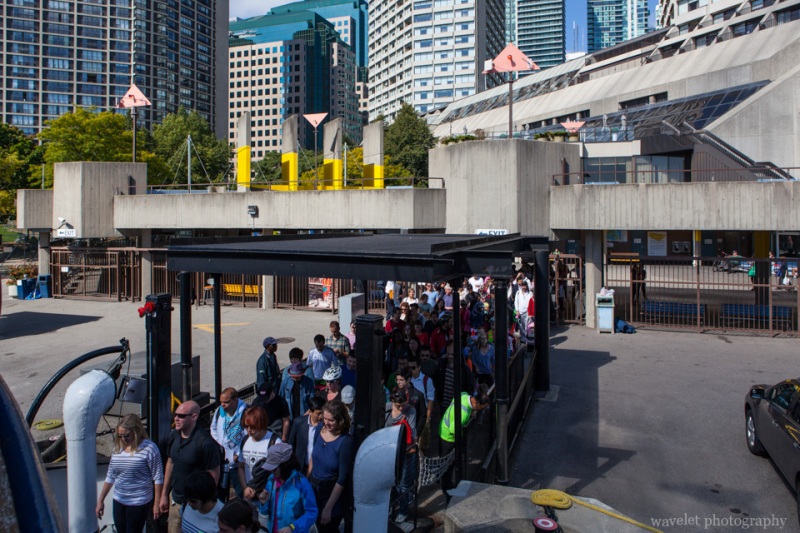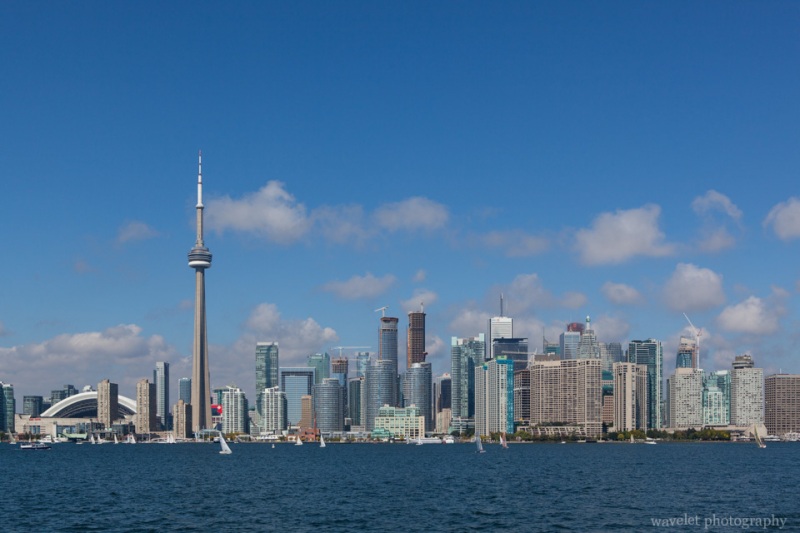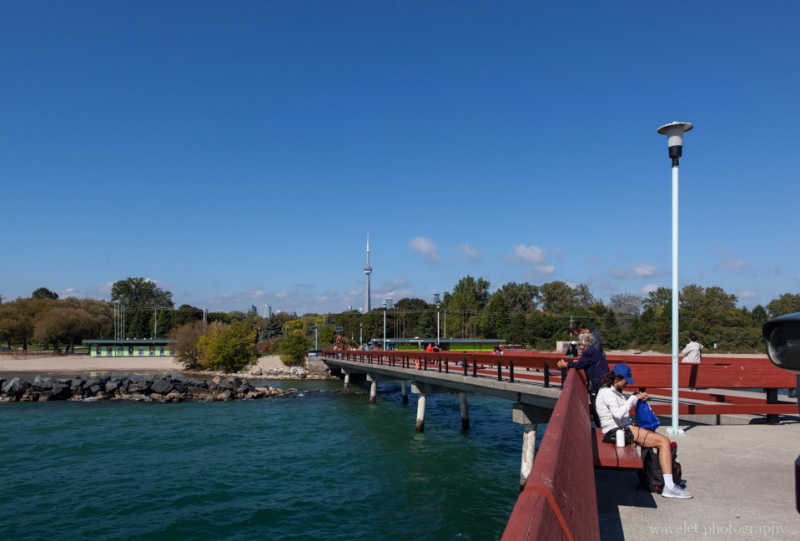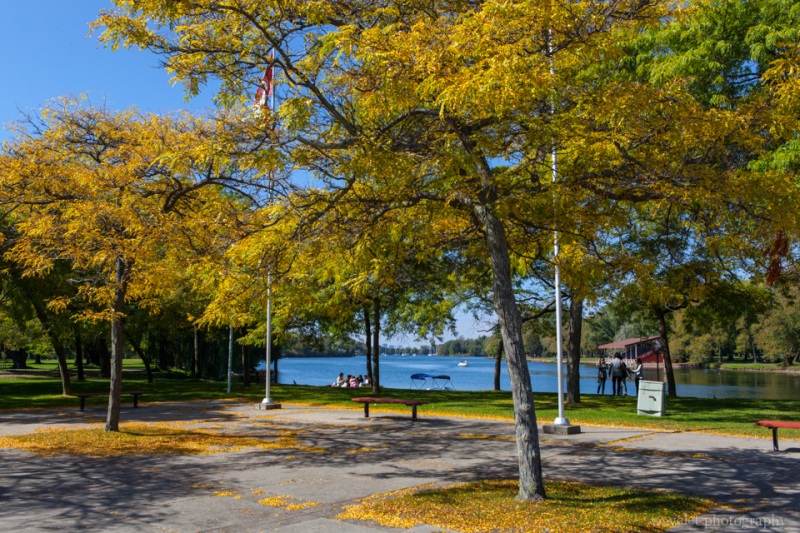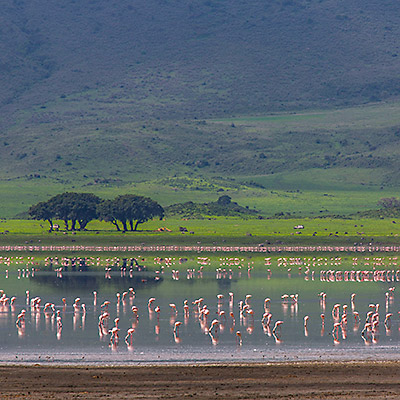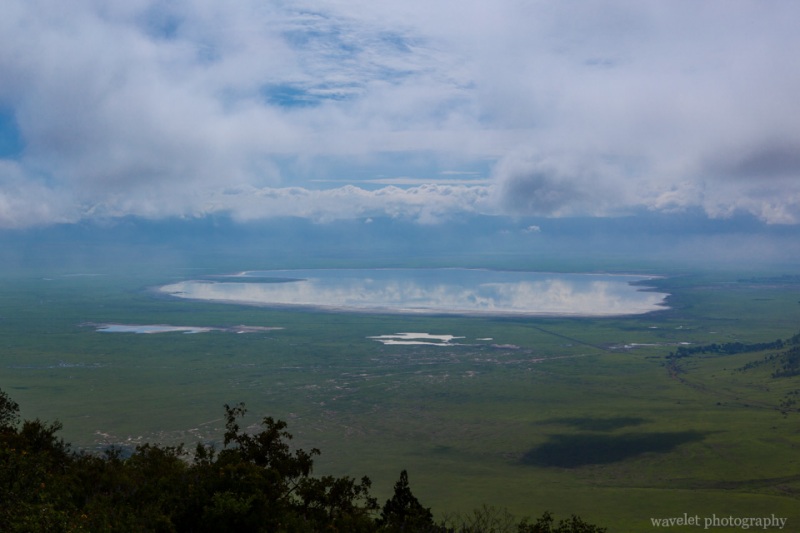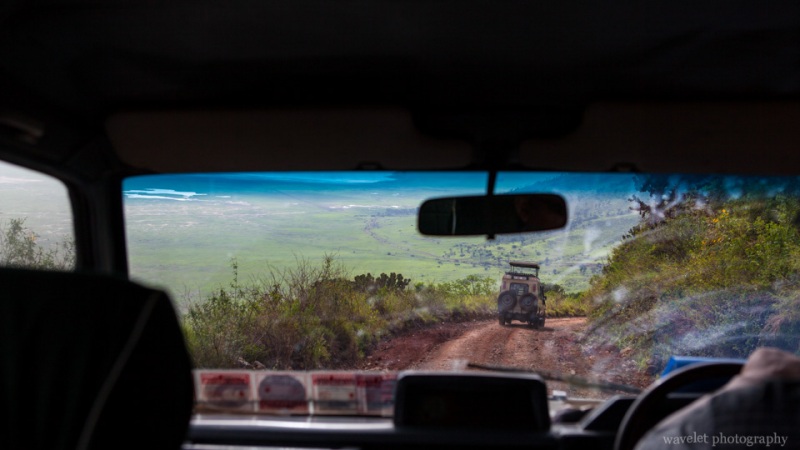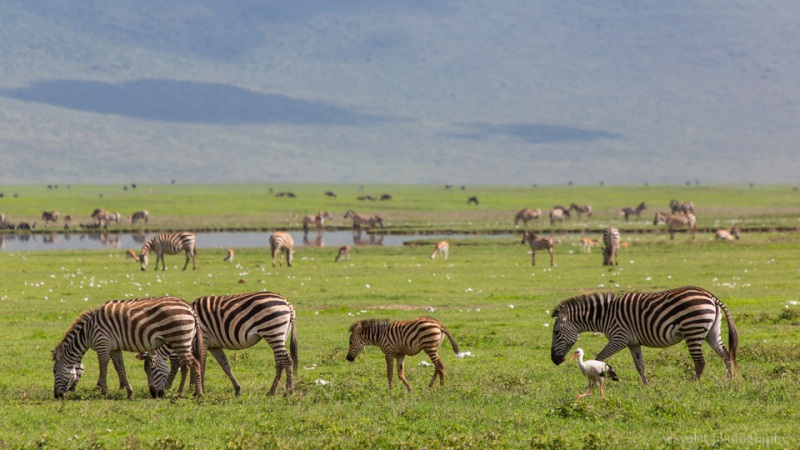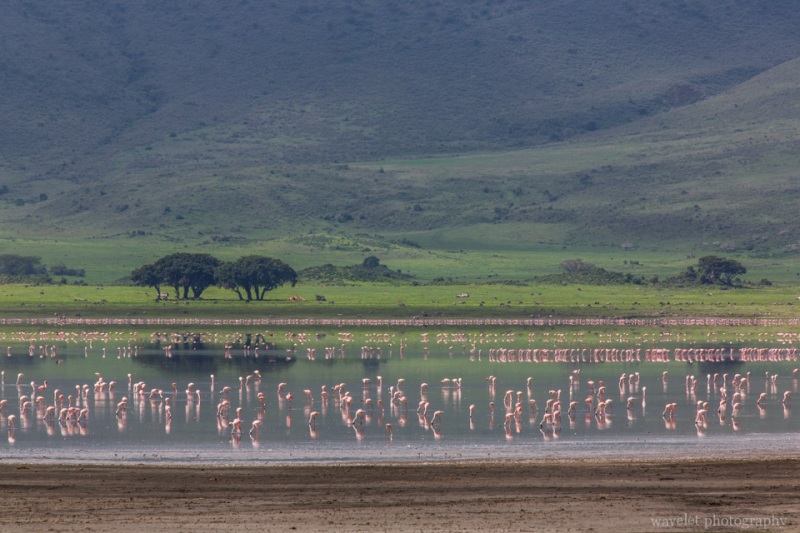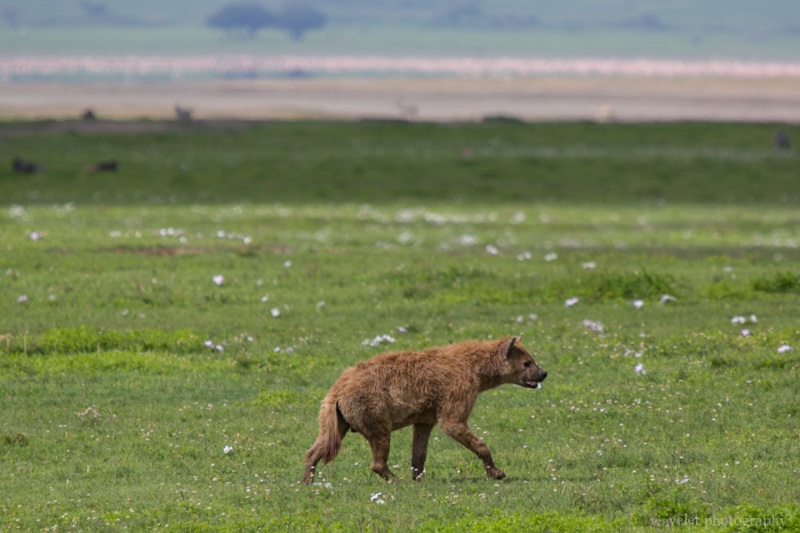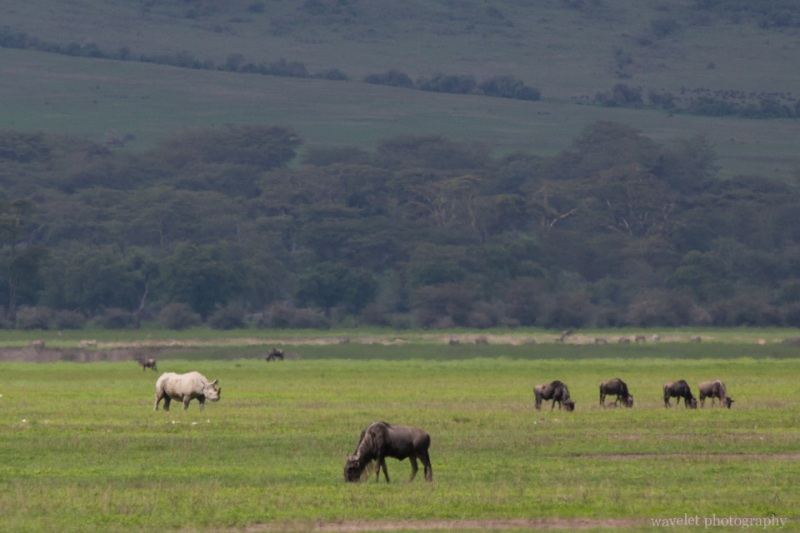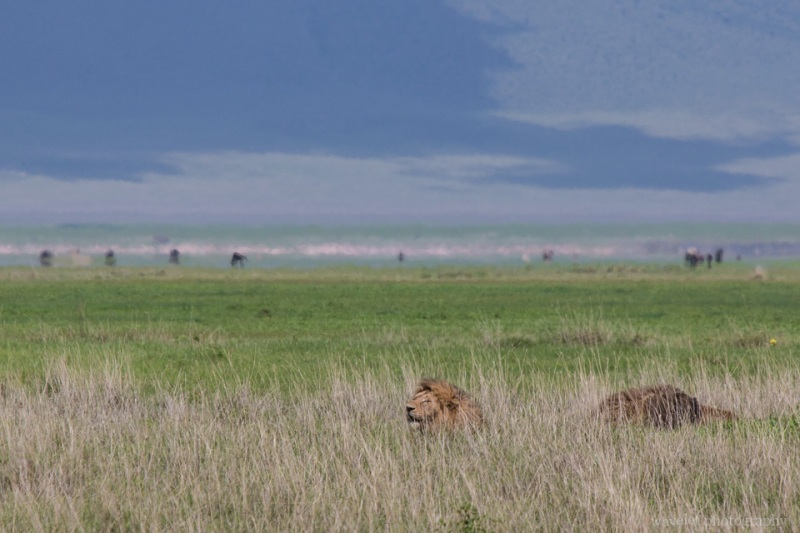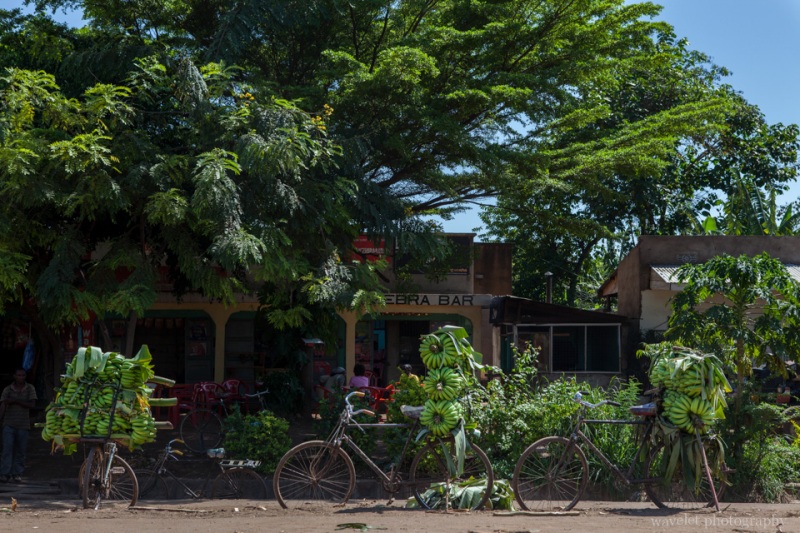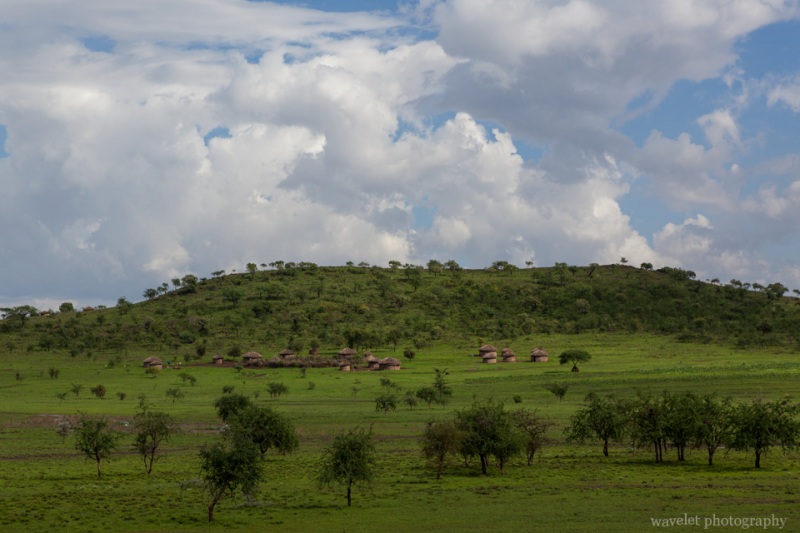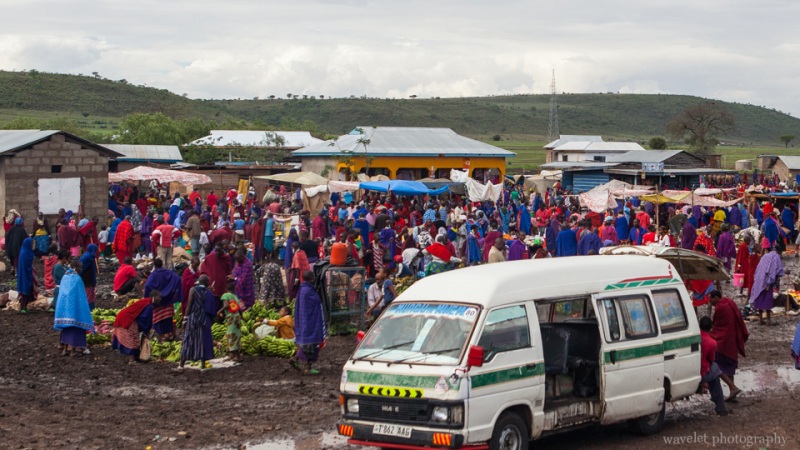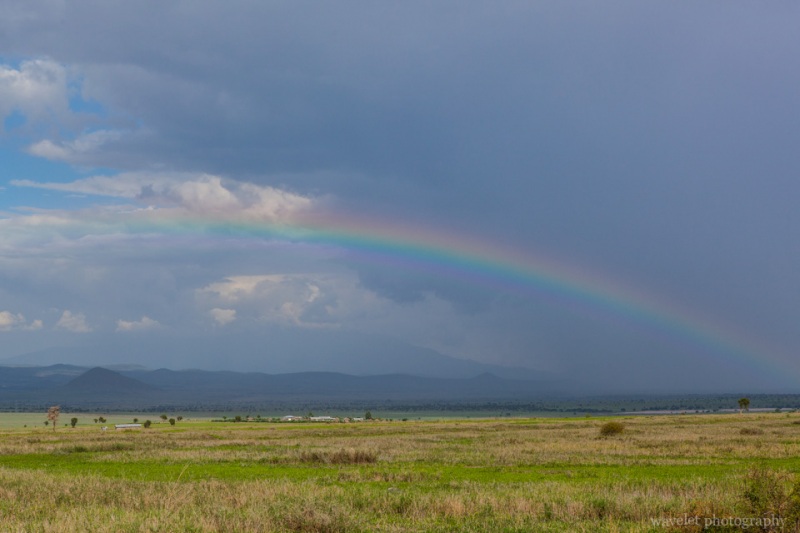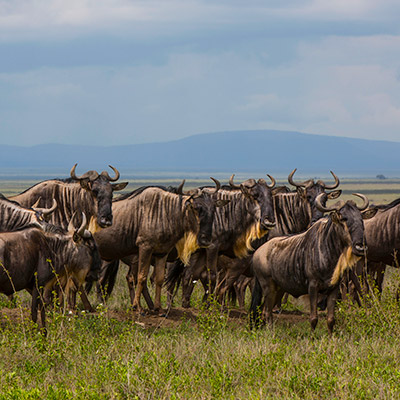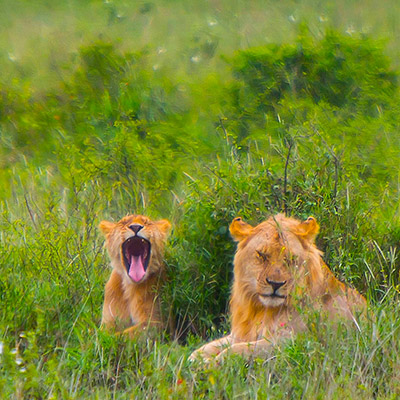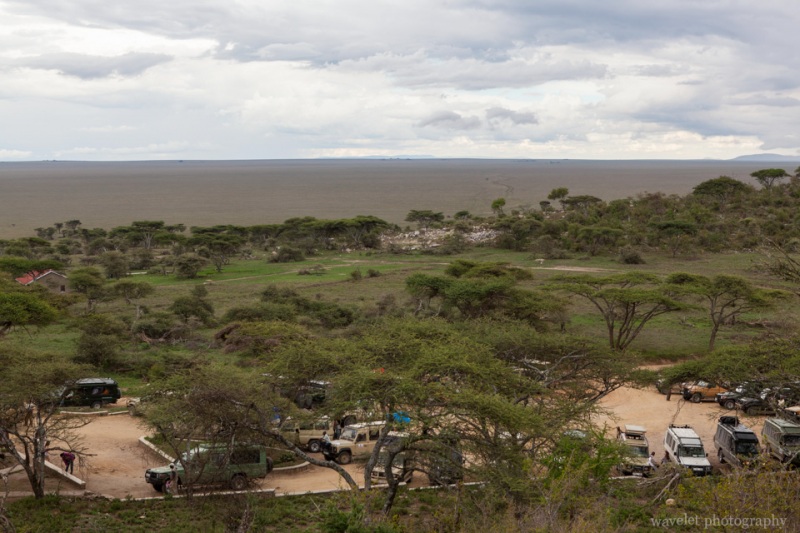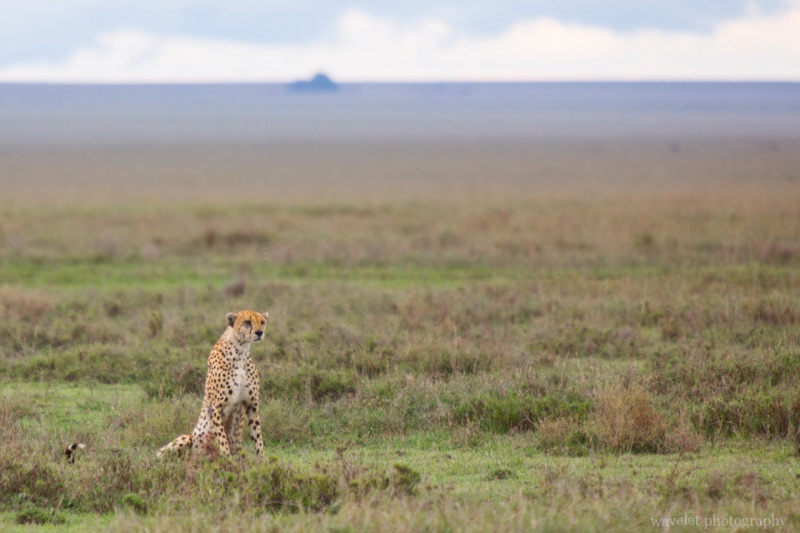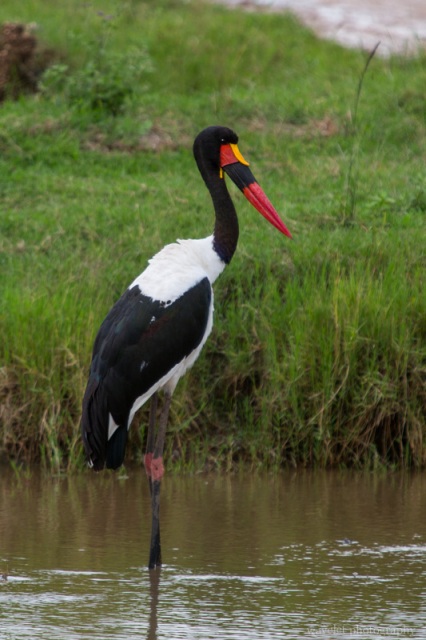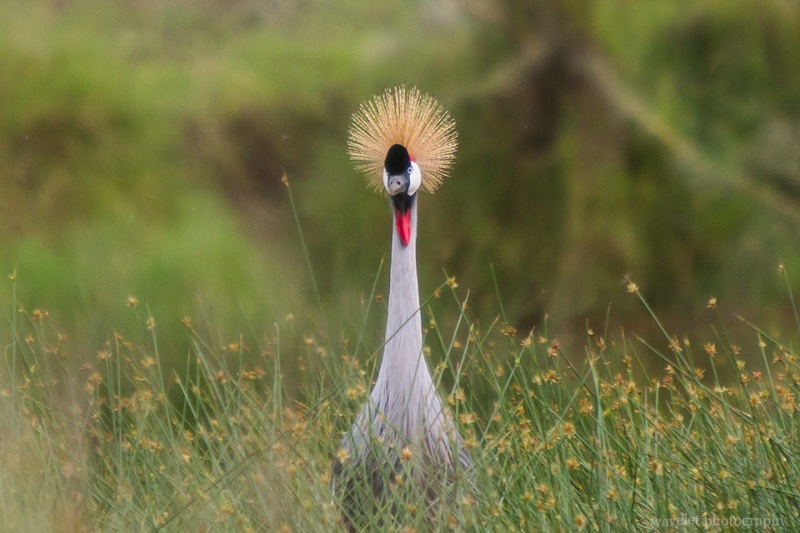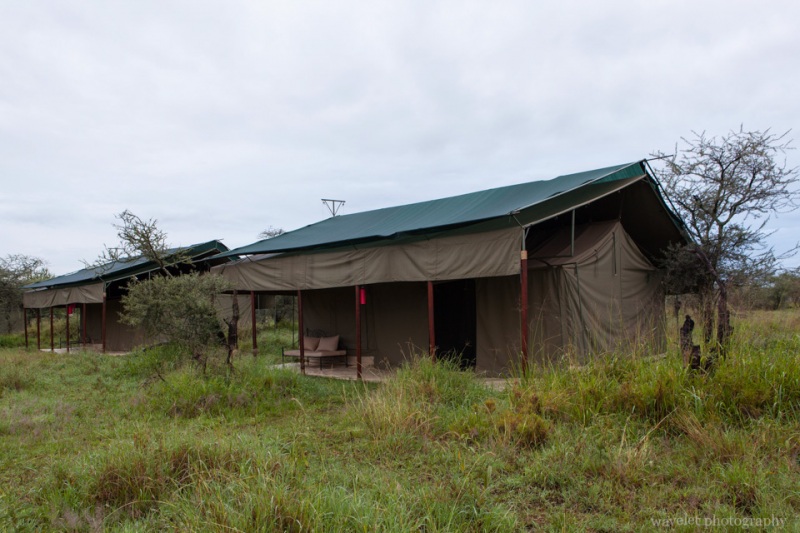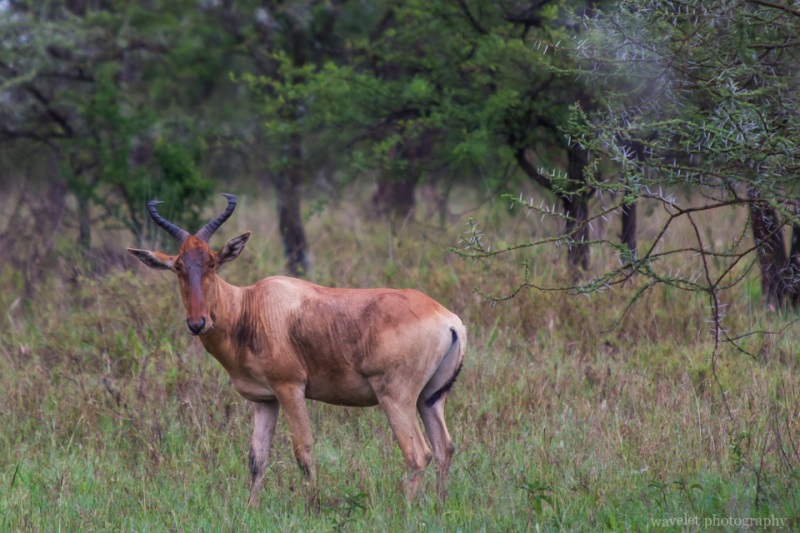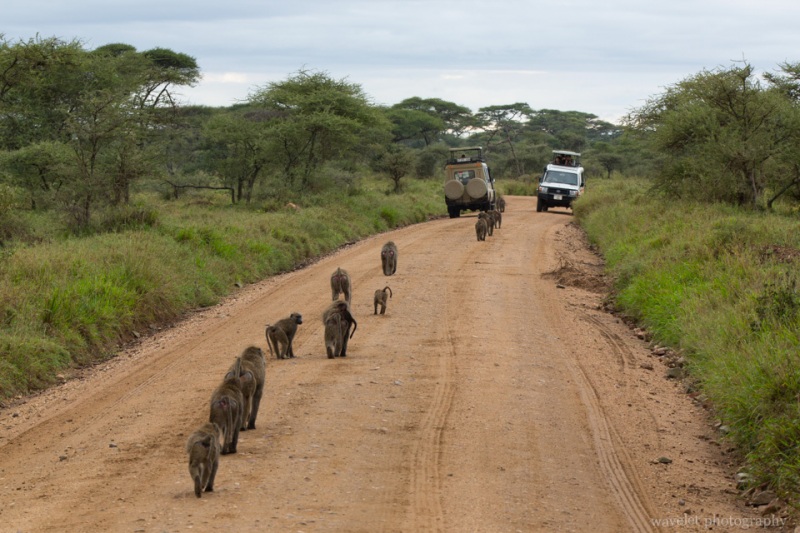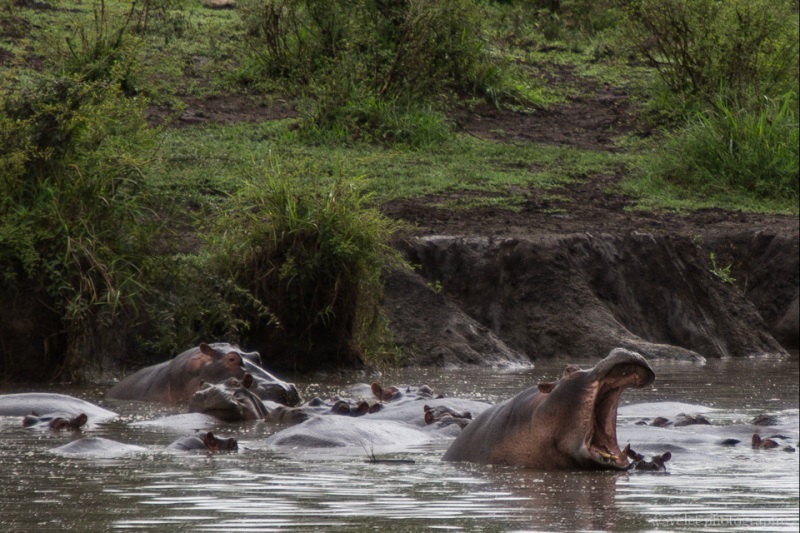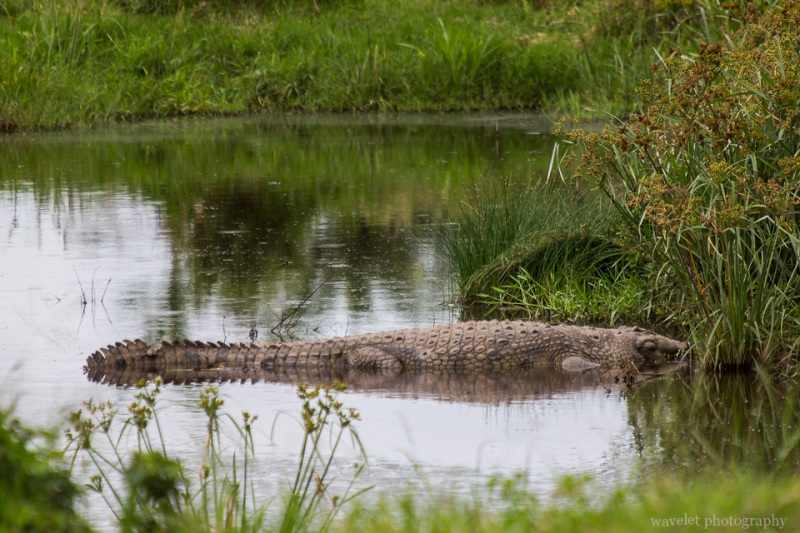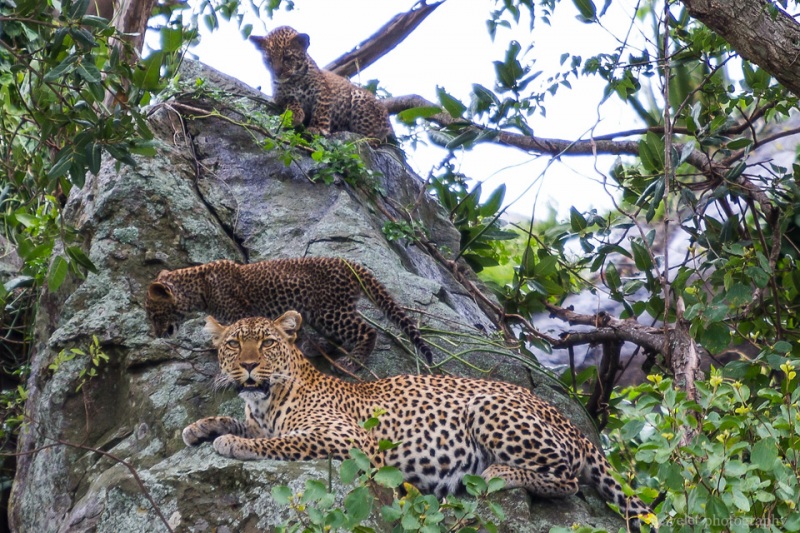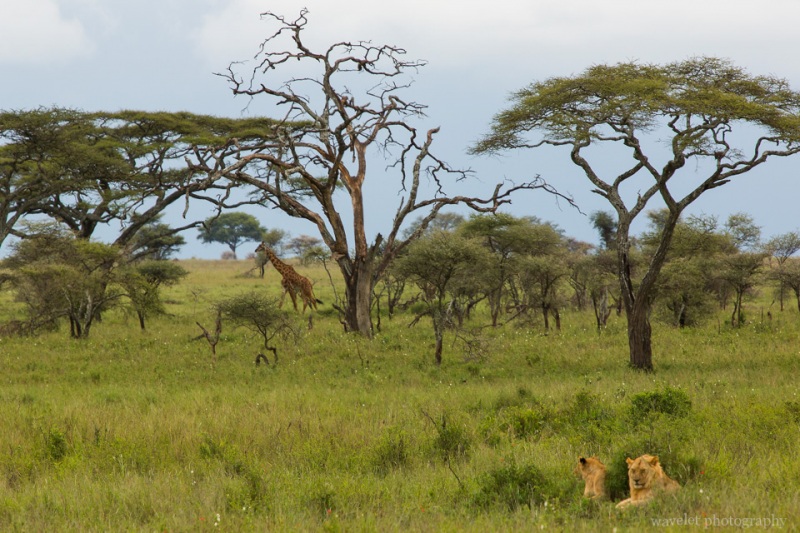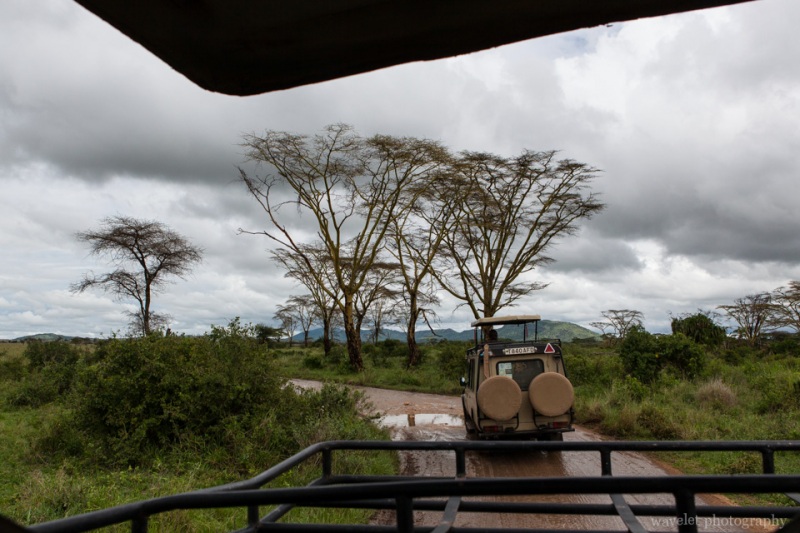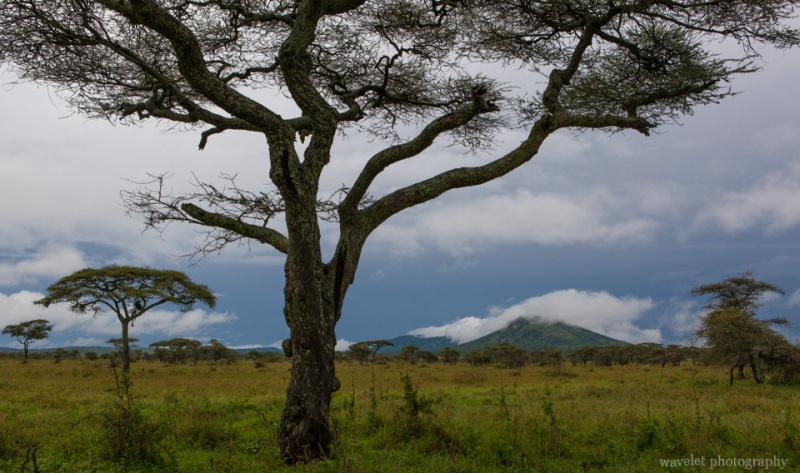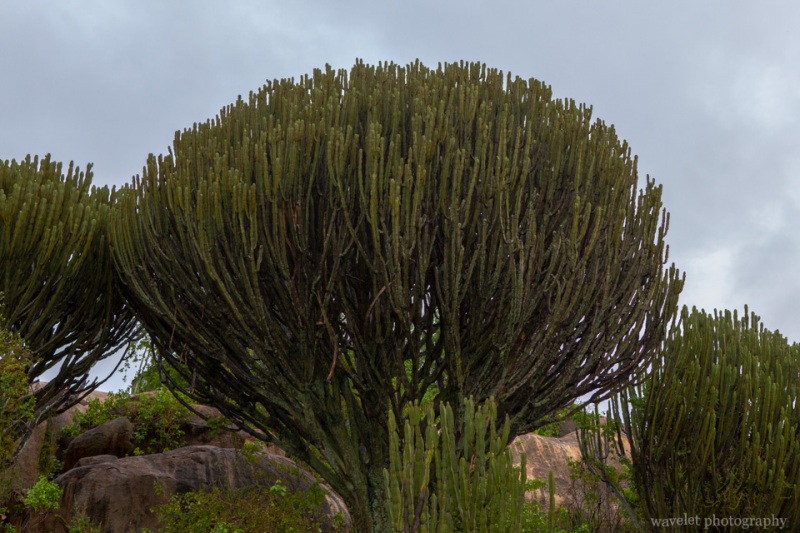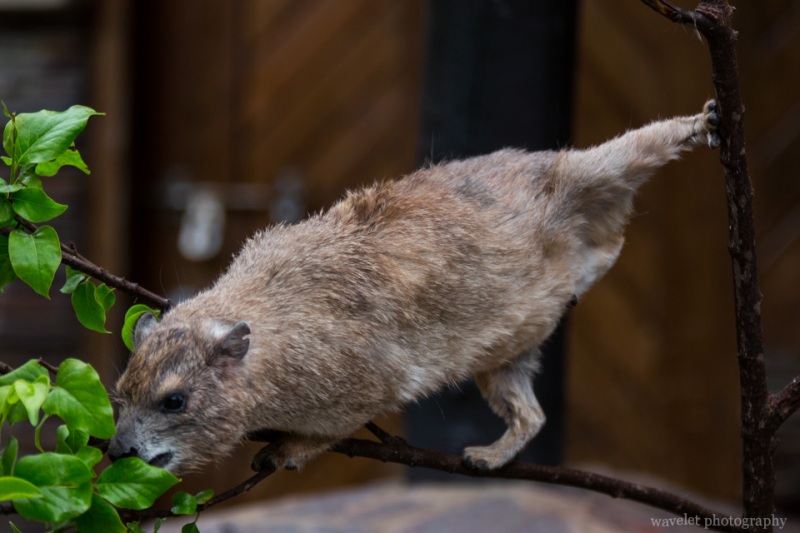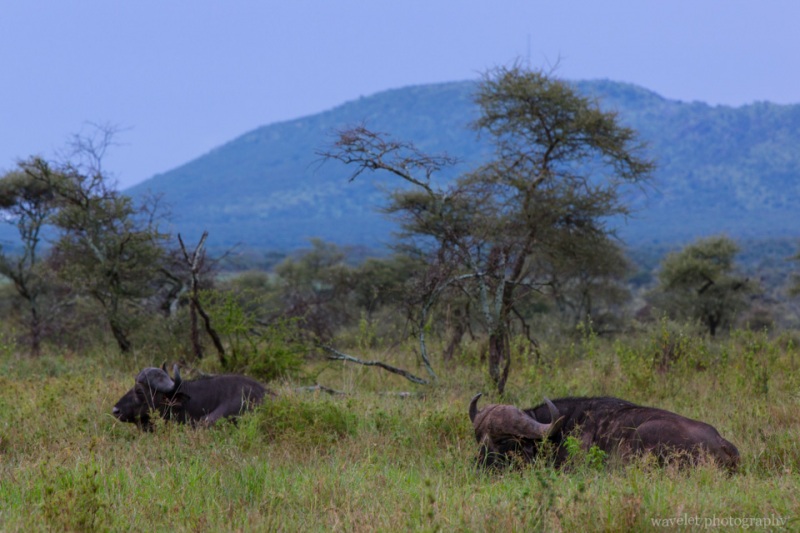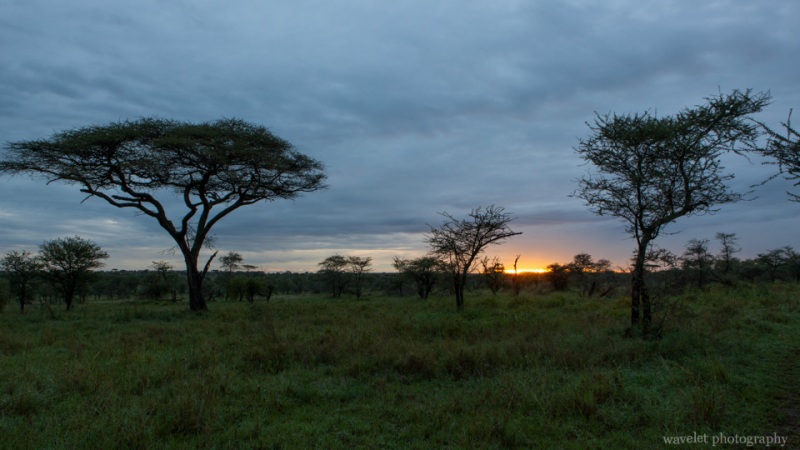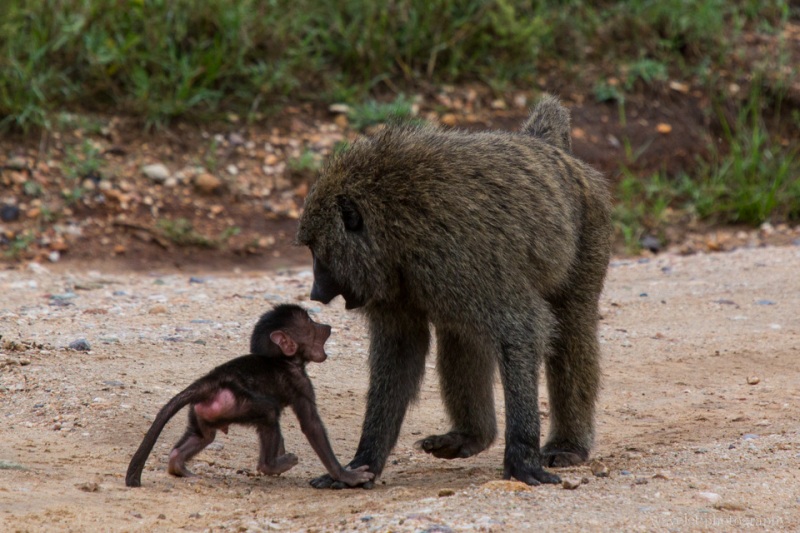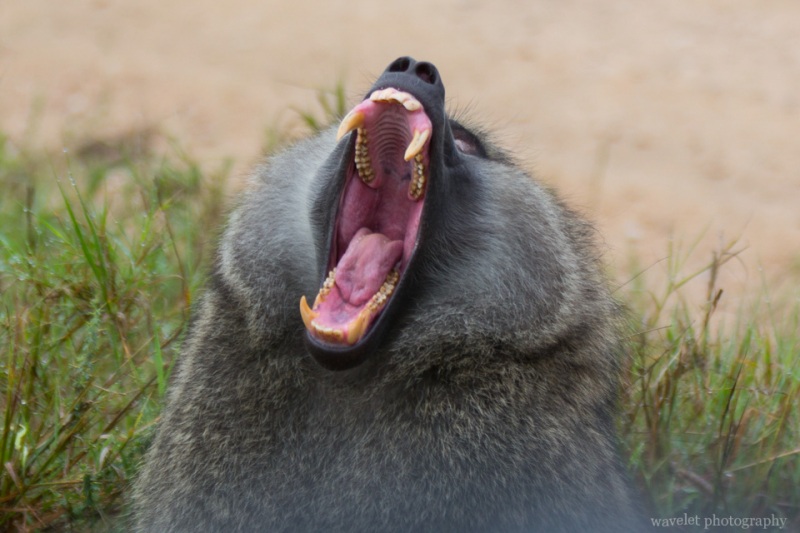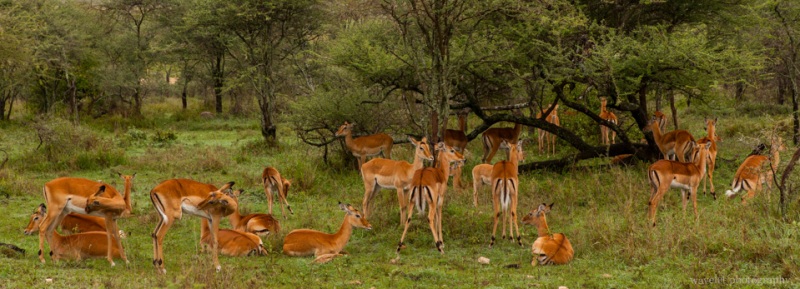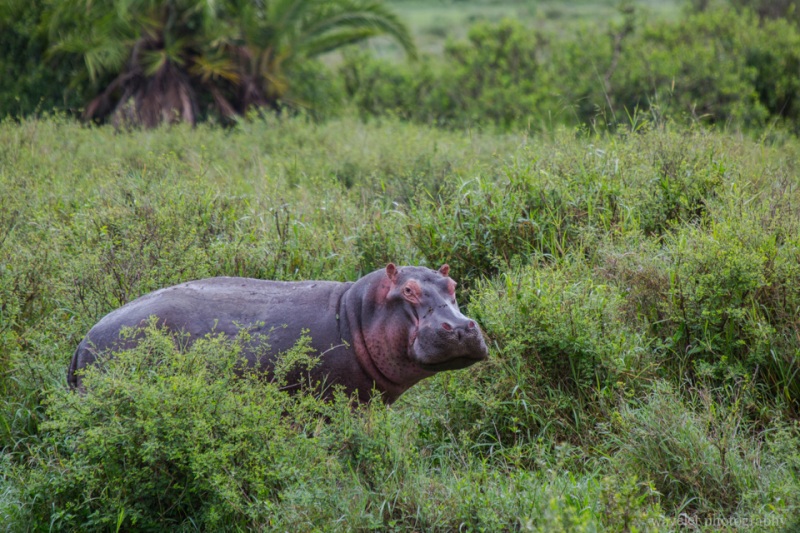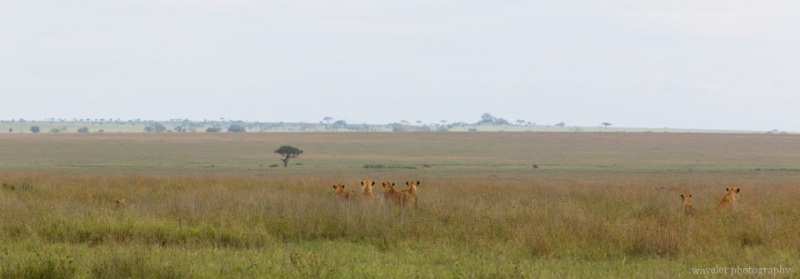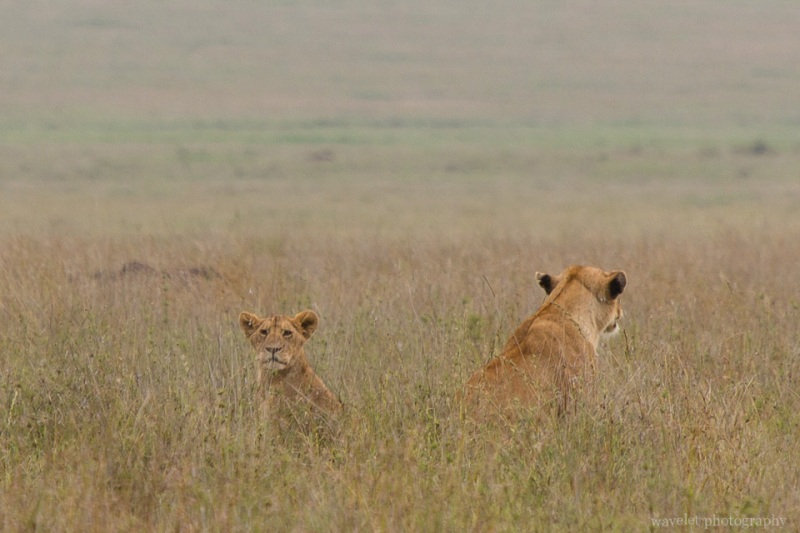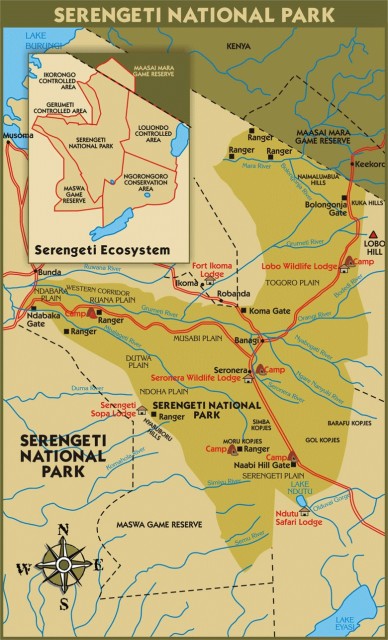Islands – Moorea – ATV Tour
2014.3.13Moorea was settled by Polynesians about 1000 years ago. Although possessing stunning natural beauty and easy-accessibility to Tahati, it’s still relatively less known compared to Bora Bora. Only 20 minutes on the ferry, we were approaching Moorea island.
It’s before 7am. We didn’t see any bus service after we got off the ferry. Bus service runs in sync with ferry’s schedule, but it’s said it only starts at 8am. We hailed a taxi after waited for 20 minutes. The driver asked for 2500 XPF ($28), not cheap but acceptable. It took us about half an hour to get to Pearl Resort. The driver pointed us several places and the market we could visit along the way.
We were welcomed with flowers and drinks at the resort’s lobby. It’s 8:30am, it took a while for us to get a room.
What we booked was a Premium Overwater Bungalow. The overwater bungalow of Pearl Resort is very close to the beach. The premium ones are at the sea side over deeper and clearer water. The inside is roomy.
The stairs on one side of the balcony lead to the lower deck, which has stairs directly into the lagoon. Both of us got down to the water. We saw many small fishes. Some of them were very colorful.
Snorkeling and kayak facilities are free to use. I did some Kayaking around the bungalows before leaving for the ATV tour.
We booked the ATV tour through ATV Moorea Tours. The rate is 21,000 XPF ($240) a bike for the Adventure Raid, and we got 15% discount as we paid in advance using Paypal. The lady from the office came to pick us up at 1pm. She is from France and had been living in Moorea for a couple of years. She told us that she liked Moorea over Bora Bora because Moorea still retained the country-side life style, while Bora Bora had been totally commercialized. One our way to the office, we picked up another young couple from Canada. They were here for their honeymoon.
At the office, everyone was given a helmet. We all looked a bit of funny now. The guide gave us a 5-minute instruction on how to operate the vehicle, and that’s it, we were on our way.
There were only our two couples on the tour. We drove back along the main road for several miles and turned off-road at the bottom of the Opunohu Bay to the inner island.
We first looped around a plantation of pineapples, coconuts and other tropical fruits. The guide was humorous and never forgot to explain all kinds of vegetation to us and stop for photo opportunities.
We made a stop at Agricultural College at Opunohu. It’s basically a hovel selling fruit products. We did some tasting of their fresh jams and icecream.
We kept driving up to the mountain. At the end of road, it’s Belvedere Lookout. It’s good place to overlook Moorea’s two almost symmetrical bays, Opunohu Bay and Cook’s Bay, at the same time.
The discover tour would stop here, but we’d continue on. We drove through streams and mud puddles and jumped over slopes. You don’t want to wear shirt in light color, ’cause they’d be covered by splashing mud. We stopped at another high land, where we could see clearly the surrounding mountains. They are the Moorea’s crater wall.
The last leg was to climb the “Magic Mountain”. I’d say that it’s a little scary and probably won’t be allowed in America. We drove the car up and down along a narrow lane on the steep slope without any protection but trees by the road side. The summit offers 360° panoramic view of Moorea’s northern shore. The view is supposedly to be wonderful, but it was a cloudy day and it’s dripping on top of the mountain. At least we could see the island is totally enclosed by the coral reef and lagoons. In fact, it’s almost the best weather we had in French Polynesia. We were lucky to book the ATV tour on our first day of arrival.
The same lady took us back to the hotel. I randomly took some pictures in the car.
We had dinner at Le Sud. Very plain setting and the food was unimaginative. Mosquitoes were quite active. You should consider wearing long pants or apply DEET if you don’t want to get bitten all over.




















